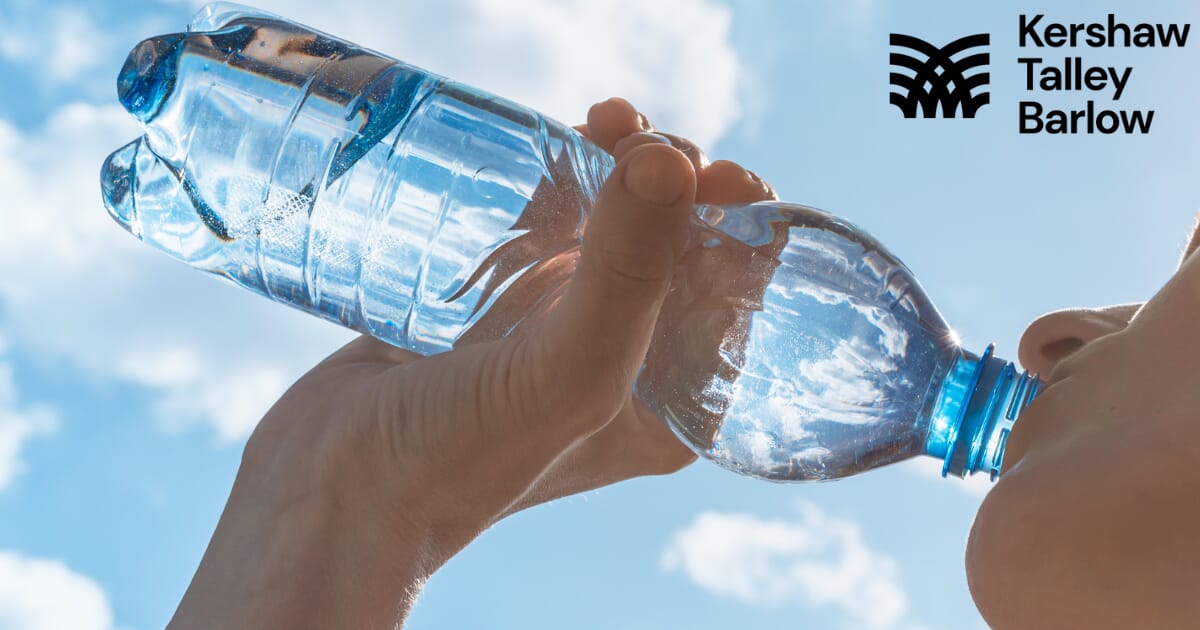Water contaminants come in many forms, and can be found in both natural and man-made sources of water. It is important to understand the different types of water contaminants out there so that we can protect ourselves from harm.
Common types of water contaminants include heavy metals like lead, arsenic, mercury, and chromium; bacteria such as E. coli or Salmonella; organic compounds such as pesticides or volatile organic compounds (VOCs); chemicals used for industrial purposes such as PCBs; pharmaceuticals and other drugs; radioactivity from nuclear power generation facilities; harmful algal blooms caused by fertilizer runoff into bodies of water; sedimentation from agricultural runoff or erosion control measures; and more.
To ensure your safety when consuming drinking water, it is essential to know what could potentially be present in the source you’re drinking from.
Nitrates
Nitrates are a form of nitrogen that can be found in fertilizer and sewage. When these nitrates enter drinking water, they can cause health problems for humans and animals alike. Nitrates can also interfere with the taste and odor of drinking water, making it unpleasant to consume. In addition to this, high levels of nitrate in drinking water have been linked to increased risk of cancer as well as other serious illnesses such as blue baby syndrome (methemoglobinemia). It is therefore important that communities monitor their drinking water for nitrate levels and take steps to reduce them if needed.
Arsenic
Arsenic is a naturally-occurring element that can be found in rocks and soil, as well as in certain foods. When it comes to drinking water, however, arsenic can become an alarming contamination issue. Arsenic levels in drinking water should not exceed 10 parts per billion (ppb) according to the Environmental Protection Agency's standards—but unfortunately, this isn't always the case. In some areas of the world where natural resources are limited or contaminated with arsenic, people may be drinking much higher concentrations of the toxin without even realizing it. This can lead to serious health risks such as cancer and organ damage if left unchecked.
Bacteria and Microorganisms
Bacteria and microorganisms in drinking water are a major concern for many people. These tiny organisms can cause serious illnesses such as gastroenteritis, dysentery and cholera if ingested. In addition to causing illness, they can also give off unpleasant odors or tastes, making the water unpleasant to drink.
Therefore, it is important that drinking water be properly treated to remove these bacteria and microorganisms before it is consumed. This treatment usually involves chlorination or ultraviolet radiation which kills off these harmful organisms while leaving beneficial ones intact. With proper treatment of drinking water, you can enjoy safe and clean sources of hydration without worrying about getting sick from bacteria or other contaminants present in untreated water supplies.
Lead
Lead in drinking water is a serious health concern that cannot be overlooked. Elevated levels of lead can cause numerous health problems in humans, particularly children and pregnant women. While lead contamination can come from a variety of sources, old pipes and plumbing fixtures are often the culprits of higher lead concentrations in drinking water. Because lead does not have a taste or odor, it can be difficult to detect without laboratory testing. As a result, it is crucial for homeowners and public water systems to take proactive measures to reduce lead exposure in drinking water.
These include an increased risk of bone fractures, weakened immune system function, thyroid problems, and even certain types of cancer. For this reason, many people are concerned about the safety of drinking fluoridated tap water and have begun looking for alternative sources of fluoride-free water such as bottled or filtered options.


